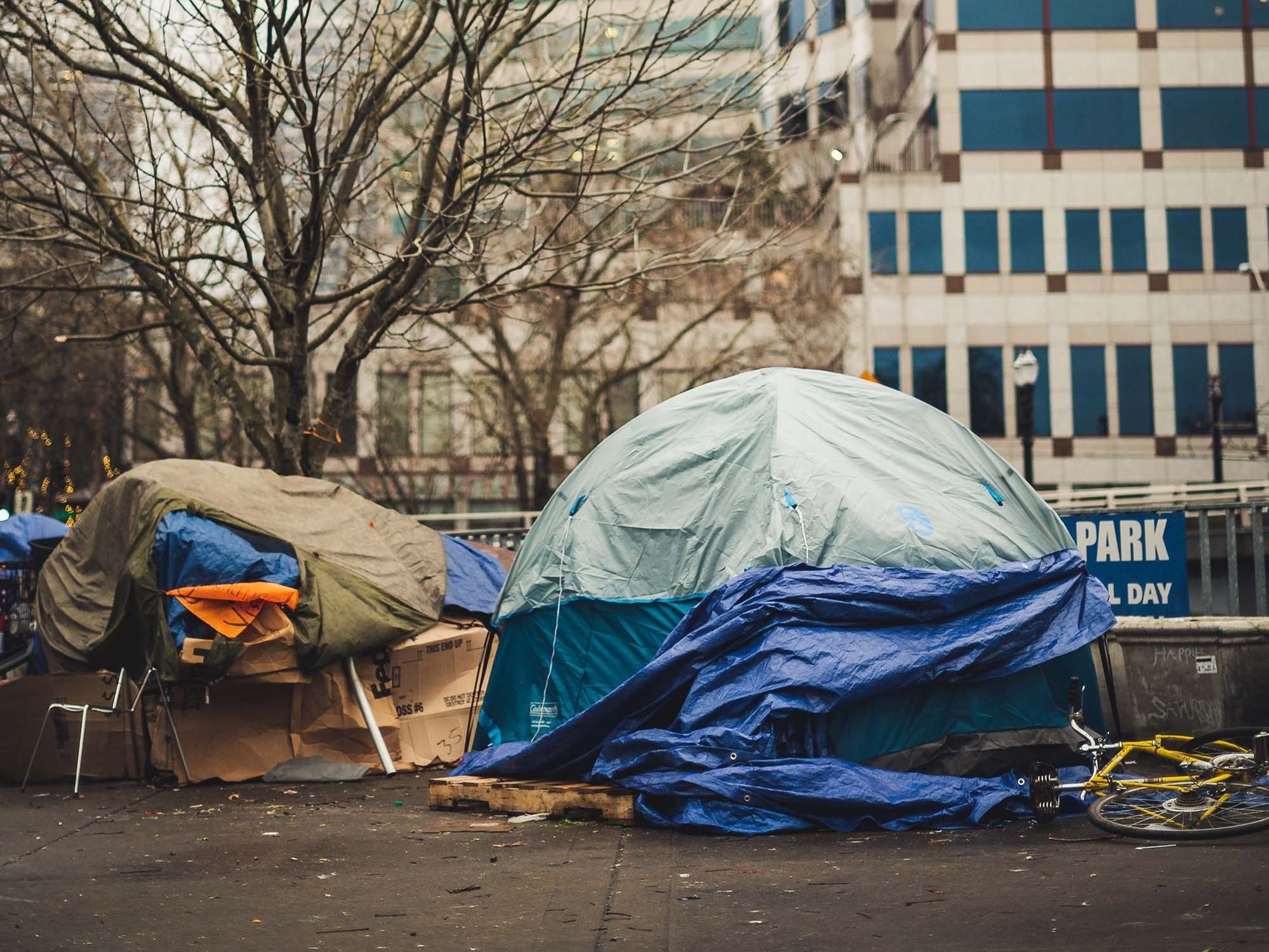Chasing a Growing Housing Need
Written by Dr. Abe Oudshoorn, Housing Activist and Associate Prof & Associate Director (Grad), Nursing at Western University
2008 to 2018 represented a tangible change in homelessness in London. Stats collected in the latter part of this decade showed many positive signs: 1) Increased exits from homelessness to housed; 2) Decreased numbers of unique individuals entering shelters; 3) Increased development of new affordable housing units.
There were a couple of key moves that helped with these outcomes. These included the return of the federal government to having a National Housing Strategy, and associated new investments for affordable housing. More locally, the broad adoption of a Housing First strategy throughout all services allowed agencies in London to optimize the use of both market and non-market housing to rehouse those with high support needs and thus reduce long-term shelter use.
Most notably for the general public, urban encampments dropped to around 30 in the summer and essentially zero in the winter. Yes, poverty was visible in our community and the London Homeless Coalition acknowledged this through annual memorial services for lives lost to homelessness, but after the bleak years of 1995-2008, it was heartening to see progress. I myself declared that we were on the path to ending homelessness.
Today? Well, today we are way, way behind.
By 2018 we as Londoners were being impacted by dynamics well beyond our control. Minor increases in social assistance were now put on pause, making incomes year-over-year worth less. And the housing market exploded. Pre-pandemic we were sucked into the GTHA bubble, during the pandemic this increased even more drastically. Waitlists grew as the limited units at the bottom of the market were quickly taken up by housing first programs, while all units were pushed up-market. Renoviction after renoviction saw affordable units flipped back to the market at very high rates. Increased costs of homeownership pushed demand for rental units.
Allow me a brief aside.
I hear often that homelessness is about mental health and addictions. But how does a community go from 30 to 300 encampments in the course of a couple of years? It’s not a change in the rate of mental illness and addictions, it’s a change in housing options for those who the private market is not inclined to accommodate. Of course, supports for things like mental health and substance use are a part of the picture, but the cause of our current catastrophe is quite obviously systemic. 300 will become 3,000, and who knows where it ends, if the system doesn’t change. We cannot emergency shelter our way out of such a problem, this is happening in high-income countries globally.
So, on that note of gloom, what can we do?
I would highlight that many of the policy moves that will reverse the exact policies that got us here lie more at the provincial or federal level. And indeed the funding, to end homelessness like Finland has with public housing, takes budgets that only other levels of government have. However, we have a duty to our unhoused neighbours and can take action.
While we have an excellent plan with many strategies as a community, (and I would say we need to keep doing all of these) I would highlight two key moves. The first is very short-term but is also scaled quite feasibly. We need safe spaces for people to be, away from the heat or cold, where they will not be criminalized, and where they will not be at risk of harm from themselves or others. This was well highlighted by the recent protest, and in a way paralleled by the concerns of business owners, we need better options than our streets and forests.
The second is more long-term and is much bigger picture. While housing first is working for the majority of participants, there remains a percentage (around 20% based on various international studies) for whom the supports that come into the home intermittently are not sufficient. These individuals, who I might term as those with the most complex support needs, benefit from permanent supportive housing, that is affordable housing with on-site supports. This is a tricky model because it requires all orders of government to work together, but I would highlight that in London we need to be doing our part to make this model much more available.
Will these two items alone end homelessness? No, but they are what we can do, and therefore what we need to do now.

